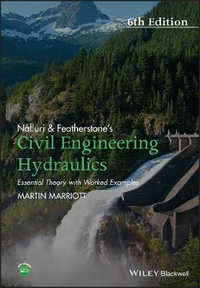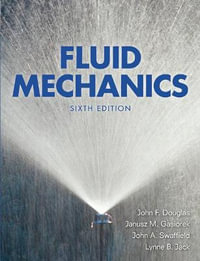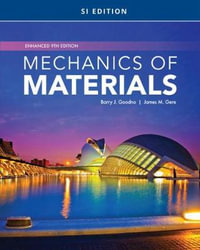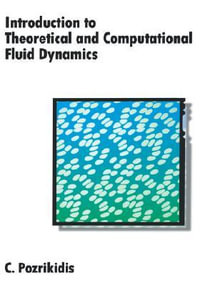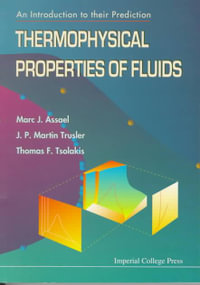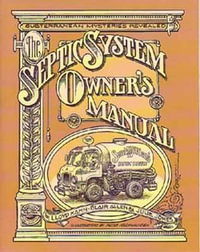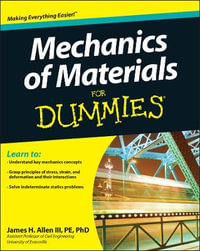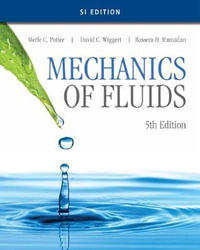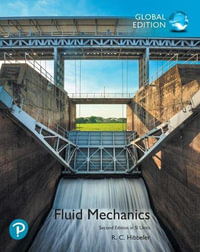1 Corrosion Creep and Stress Rupture.- Engineering Aspects of Creep and Stress Rupture.- Classification of Corrosion Creep and Stress Rupture.- Critical Review of Behavioral Types.- Type I Behavior.- Type II Behavior.- Summary of Corrosion Creep and Stress Rupture Behavior.- High-Temperature Corrosion.- Oxidation- and Corrosion-Induced Microstructural and Chemical Effects and Mechanical Behavior.- Surface Coating, Scale, and Residual Stress Effects on Dislocation Production and Mobility.- Zone Enriched with Environmental Elements and Vacancies.- Internally Formed Particles.- Zones Depleted of Alloying Elements and Precipitates.- Grain Boundary Microstructural Changes.- Discussion.- Environmental Effects on Creep Rate.- Environmental Effects on Stress Rupture.- Concluding Remarks.- References.- 2 The Role of Metallurgical Variables in Hydrogen-Assisted Environmental Fracture.- Phenomenology.- Testing Methods.- Ferritic and Martensitic Steels.- Composition.- Microstructure and Thermal Treatment.- Grain Size and Texture.- Synergistic Effects.- Austenitic Stainless Steels.- Composition.- Microstructure and Thermal Treatment.- Grain Size and Texture.- Other Iron-Base Austenites.- Single-Phase Alloys.- Precipitation-Strengthened Alloys.- Aluminum Alloys.- Composition.- Grain Shape.- Thermal and Thermomechanical Treatment.- The Hydrogen Question.- Titanium Alloys.- Composition.- Microstructure and Thermal Treatment.- Grain Size and Texture.- Fracture Morphology and Hydrides.- Nickel Alloys.- Single-Phase Alloys.- Precipitation-Strengthened Alloys.- Dispersion-Strengthened Alloys.- Parallel Behavior in Different Alloy Systems.- Discussion.- Electrochemical Factors in Hydrogen-Induced Cracking.- Slip Mode as a Metallurgical Variable.- The Behavior and Effect of Hydrogen.- A General Viewpoint on Hydrogen-Induced Cracking.- The Role of Metallurgical Variables in Fracture.- Implications for Hydrogen Embrittlement Mechanisms.- Concluding Remarks.- Epilogue.- References.- 3 EMF Measurements at Elevated Temperatures and Pressures.- Recent Applications of EMF Measurements.- Historical Background.- Comments on Cell EMF, Thermodynamic Relationships, Cell Design, Materials, and Sources of Error.- Cell EMF and Thermodynamic Relationships.- Cell Container Design.- Choice of Materials for Cell Containers.- Sources of Errors and Corrections.- Cell EMF's, Dependence on Time, Temperature, Electrolyte Concentration, and Derivation of Standard Electrode Potentials.- Cell EMF-Time Dependence.- Cell EMF-Temperature.- Cell EMF-Concentration and Nature of Electrolyte.- Determinations of Standard Electrode Potential from EMF Measurements as a Function of Temperature.- EMF Studies at Elevated Pressures.- Temperature and Pressure Coefficients of Cell EMF.- Dissociation Constants and Effects of Pressure and Temperature.- Determination of Ionization Constant of Water from EMF Measurements.- Measurement of pH from EMF Studies.- Activity Coefficient Data from EMF Measurements.- Activity Coefficient Data in Mixed Electrolytes from EMF Measurements.- Transport Numbers from EMF Measurements.- Some Examples of Areas of Necessary Future Work.- References.- 4 Nucleation Mechanism in Oxide Formation during Anodic Oxidation of Aluminum.- Theories Explaining the Processes of Anodic Oxide Formation.- The Mechanism of Oxide Formation According to the Model of Keller-Hunter-Robinson.- Further Theories for Interpreting the Mechanism of Oxide Formation.- The Study of the Anodic Oxidation of Aluminum with the Special Methods of Reaction Kinetics-Experimental Procedure.- Characteristics of the Mechanism of Anodic Oxide Formation- Nucleation Model.- The Role of the Technological Factors of Anodic Oxidation in the Morphological and Structural Development of the Oxide Layer.- The Reaction Periods of Anodic Oxide Formation on the Aluminum Surface.- Influence of the Chemical, Metallurgical, and Crystallographical Properties of the Base Metal on the Structure of the Oxide Layer: Epitaxy.- The Relationships between the Structure and the Physical, Mechanical, and Chemical Properties of the Oxide Layer.- The Role of Material Structure in the Physical and Mechanical Properties.- The Corrosion Resistance of Oxide Coatings.- Summary.- References.



